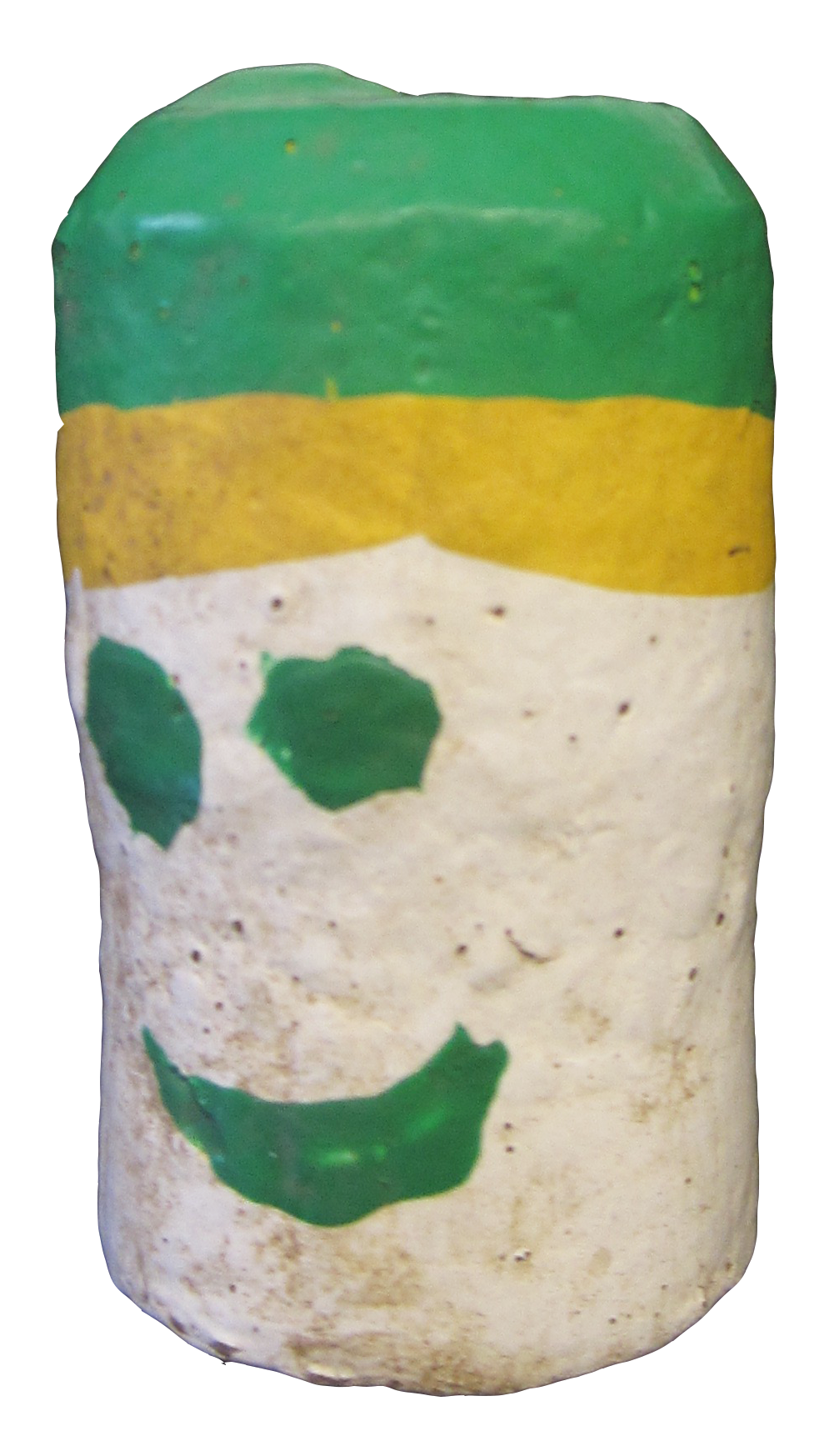Garden Archaeology
Photographs by Julie Belle Bishop
Gardens are important spaces for many reasons. By studying the archaeology of gardens, we can learn more about the people who created, enjoyed, and tended to them. Archaeologists study the form, content, and function of gardens. To study the form of gardens, archaeologists look for areas of a landscape that were likely planting beds, marked by small fences and changes in sediment color. In these instances what we as archaeologists are digging for- the artifacts or features- are the same as what we’re digging through. However with a careful eye, and attention to soil color and texture, we can recover the shape of a past garden.
But what was in the garden? Archaeobotanists and paleoethnobotanists (archaeologists who study past human-plant interactions) have developed many techniques to recover fragile seeds and other remains of ancient plants. However, garden plants are rarely preserved in an identifiable form. Archaeologists therefore use proxies, such as rodent cached seeds, records, herbaria, and the analysis of pollen found in the sediment to reconstruct the content of past gardens.
What archaeologists are interested in above all is how people experienced these gardens. Gardens can have widely different functions, some are for subsistence, some for leisure, some for scientific advancement. Gardens would have been differentially accessible for different parts of the population, and the people who enjoyed gardens were not always those who labored to construct and tend them. Here archaeologists use data such as contextual information, garden layout, and the presence of multiple associated homes or other public spaces to identify the role gardens served in these past societies. Some well known locations of garden archaeology include: Pompeii and Herculaneum (Italy), King Herod’s Palace (Jerusalem), William Paca’s Garden (Annapolis, MD), Custis Square (Williamsburg, VA)
-- Alexandria T. Mitchem
But what was in the garden? Archaeobotanists and paleoethnobotanists (archaeologists who study past human-plant interactions) have developed many techniques to recover fragile seeds and other remains of ancient plants. However, garden plants are rarely preserved in an identifiable form. Archaeologists therefore use proxies, such as rodent cached seeds, records, herbaria, and the analysis of pollen found in the sediment to reconstruct the content of past gardens.
What archaeologists are interested in above all is how people experienced these gardens. Gardens can have widely different functions, some are for subsistence, some for leisure, some for scientific advancement. Gardens would have been differentially accessible for different parts of the population, and the people who enjoyed gardens were not always those who labored to construct and tend them. Here archaeologists use data such as contextual information, garden layout, and the presence of multiple associated homes or other public spaces to identify the role gardens served in these past societies. Some well known locations of garden archaeology include: Pompeii and Herculaneum (Italy), King Herod’s Palace (Jerusalem), William Paca’s Garden (Annapolis, MD), Custis Square (Williamsburg, VA)
-- Alexandria T. Mitchem
